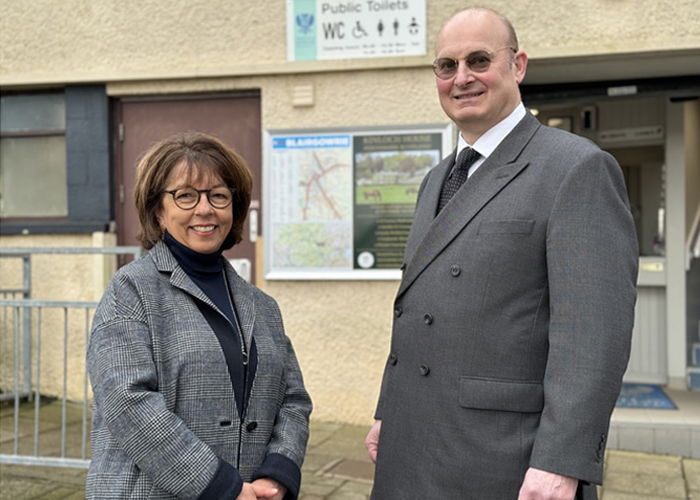- Scotland’s unemployment rate rises from 3.6% to 14.9% when including thousands of people classed as economically inactive.
- Dundee has highest hidden unemployment rate, followed by Glasgow and Aberdeen.
- Government should deliver levelling up agenda to boost skills and support job creation in struggling urban areas.
SCOTLAND’s low unemployment rate does not include more than 350,000 people who are involuntarily out of work but classed as economically inactive, according to Cities Outlook – Centre for Cities’ annual economic assessment of the UK’s largest urban areas.
While official figures currently show Scotland’s jobseeker rate at 3.6 per cent, the actual ‘hidden’ unemployment rate is more than four times higher at 14.9 per cent.
This is because the official rate only includes those who are actively looking for employment and does not measure people who are neither in work nor looking for a job due to circumstances outside of their control.
Dundee has Scotland’s highest hidden unemployment rate at 16.3 per cent, followed by Glasgow at 16.1 per cent and Aberdeen at 15.6 per cent.
Hidden unemployment in cities in Scotland
| Cities | Hidden unemployment rate, 2022 (%) | Hidden unemployment ranking among UK urban areas (1=high) | Official unemployment rate, 2022 (%) | Official unemployment ranking among UK urban areas (1=high) |
| Dundee | 16.3 | 18/58 | 4.8 | 14/58 |
| Glasgow | 16.1 | 19/58 | 4.1 | 27/58 |
| Aberdeen | 15.6 | 21/58 | 3.9 | 31/58 |
| Edinburgh | 9.1 | 53/58 | 3.0 | 54/58 |
| Scotland average | 14.9 | 3.6 | ||
| UK average | 12.1 | 3.7 |
Source: ONS. The hidden unemployment rate is calculated by adding involuntary activity to official unemployment figures.
Edinburgh, which is one of the UK’s best performing cities, has a much lower hidden rate at 9.1 per cent but this is still more than three times its official unemployment rate.
The hidden unemployment rate also clearly shows how the ongoing inactivity crisis is deepening regional divides across Britain.
While nearly every city and large town in Scotland has a rate higher than the national average, all but three of the UK’s 13 urban areas with below average rates are in the South of England.
Recent discussions on addressing economic inactivity have tended to be framed as a challenge of improving public health and bringing people back to the jobs market to fill open vacancies.
While there are clear regional divides in the number of people out of work due to long-term sickness, Cities Outlook shows that addressing this issue alone would not be enough to resolve the UK’s inactivity crisis.
The bigger challenge many urban areas face is in fact a long-term jobs shortage problem, rather than a short-term lack of workers.
Overall, cities across Scotland are experiencing a job shortage: they account for 3.1 per cent of all job postings but 3.3 per cent of all hidden unemployed in the UK.
If policy is to tackle the UK’s true inactivity problem, then it will need to address the shortage of jobs in struggling cities and large towns. The Government should therefore swiftly set out a levelling up agenda that tackles the reasons for why there is a lack of jobs and skills in urban areas outside the Greater South East.
Centre for Cities Chief Executive Andrew Carter said:
“Since the pandemic we have seen lots of headlines alluding to record-low numbers of job seekers but Cities Outlook shows there is actually a jobs shortage, with a significant regional divide in involuntary inactivity rates.
“With Britain now likely to enter a recession, the UK Government must address its insufficient action on levelling up so far and act swiftly to create more opportunities that get people back into the labour force in Scotland.
“This will require setting out and implementing an agenda that delivers much-needed investments in skills and public services, while supporting job creation in struggling places.”










